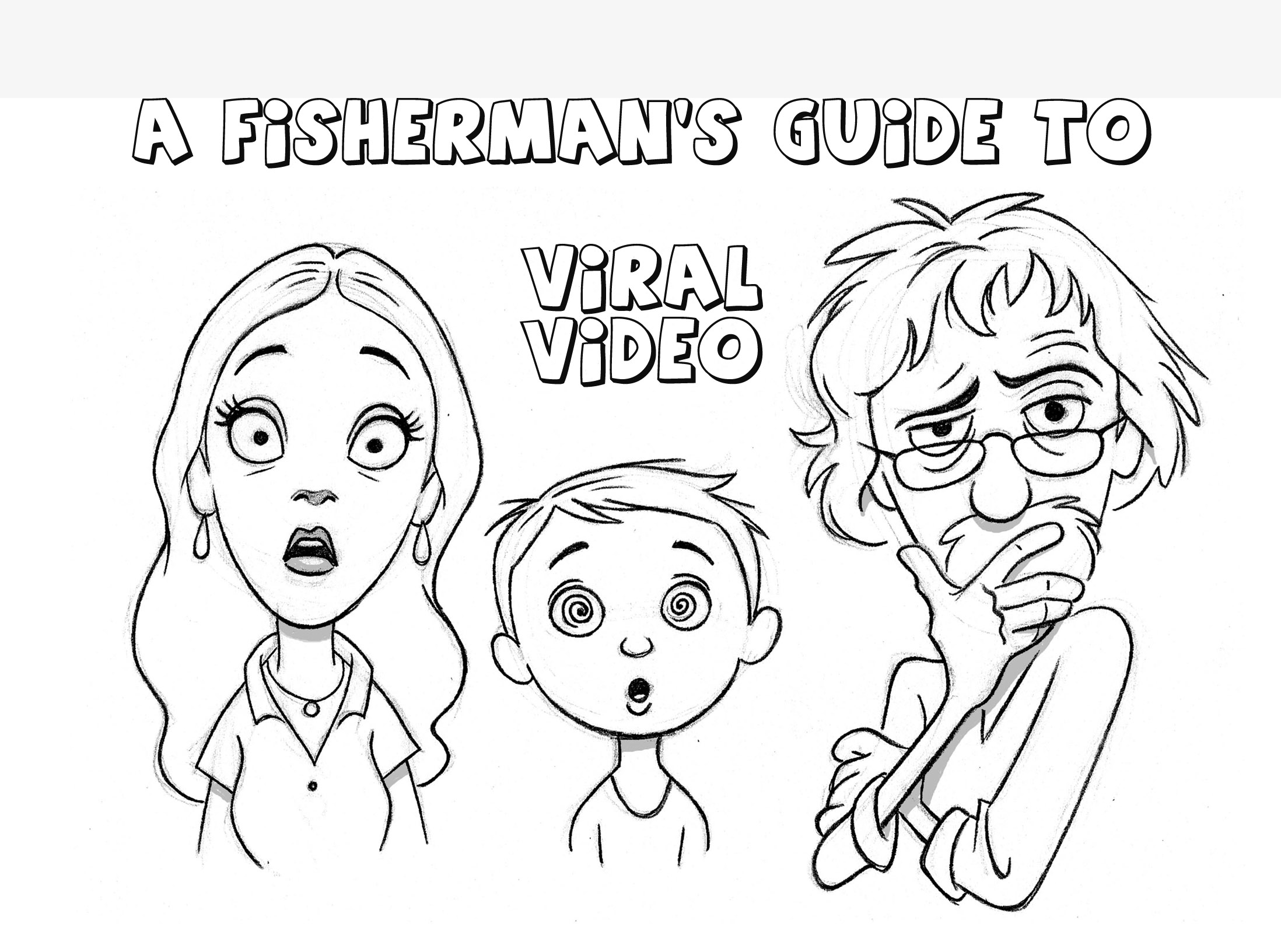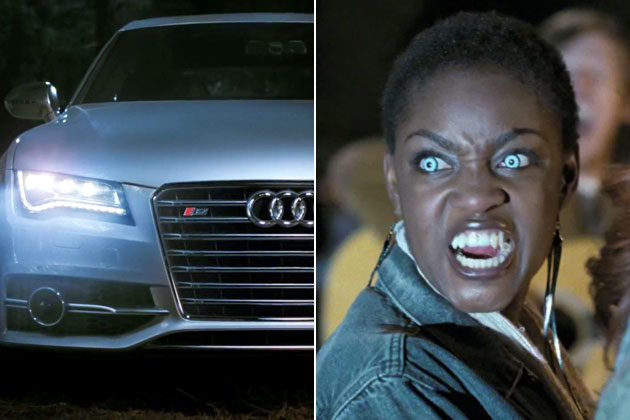
by Ydraw | Jun 20, 2012 | viral video, Ydraw
Viral videos are a constant mystery. What makes some videos go viral, while others do not?
Introducing ‘A Fisherman’s Guide to Viral Video,’ with information from experts on exactly what makes videos go viral.
Viral videos: A Fisherman’s Guide to Viral Video
After watching a video interviewing Thales Teixiera (an assistant professor at Harvard Business School) on his studies of the elements involved in making a video go viral, I came up with ‘Harvard’s Fisherman Guide to Video Viral’.
There are 4 steps in the fish catching process: the hook, the reel, the catch, and the big fish story. Viral video has these same four steps.
In the history of video ads, most people believe that videos need to have a memorable story and have the bait and hook at the end, just like a movie, saving the best for last. In recent studies this is not the case. Many people these days can skip through video ads, never getting to see the video’s bait and hook. Now, videos need to start with the hook.
(1)The Bait and Hook
Your viral video bait and hook has to be within the first five seconds of your video. It should be different, capturing the viewer’s attention with surprise and wonder.
(2)Reeling the Fish In
According to Teixiera, the way to keep viewers viewing is a lot like reeling in a fish, you alternate from yanking on the line, then letting it loose. The typical outlook people have on a viral video is that as long as your video is happy and humorous, people are more likely to watch it. This is not true. A viral video must have some funny and happy moments, and then take them away, and alternate throughout, giving apparent highs and lows.

by Ydraw | Feb 9, 2012 | Ydraw
Companies are spending millions to have a mere 30 second commercial on live TV during the Super Bowl.
For most businesses, that is a lot of money to be spending for a 30 second spot. Do they really pay off, or are they nothing but waste of precious resources? Ydraw is here to look at whether or not these ads are good advertisements to base our video scribing videos on.
Why is it that Apple and Google are not marketing commercials durng the Super Bowl, but companies like Chrystler who are struggling for money are? Do Super Bowl commercials pay for themselves at the end of the day? If they do work, the next question would have to be: Who are the marketing companies behind these awful TV ads?
Lets take a look…
The Consumer Mind:
1. What keeps consumers awake at night, indigestion boiling up their esophagus, eyes open, starting at the ceiling?
2. What are consumers afraid of, angry about, who are they angry at?
3. What are consumer’s top 3 daily frustrations?
4. What trends are occurring–and will occur–in a consumer businesses or lives?
5. What do consumers secretly desire most?
6. Is there a built-in bias to the way consumers make decisions? (For example engineers tend to be exceptionally analytic)
7. Do these specific consumers have their own language?
8. Who else is selling something similar?
9. Who else has tried to sell something similar and how?
Components of a Great Ad:
1. Providing a Single Message
2. Having a Catchy Phrase or Jingle
3. Featuring Memorable Characters
4. Using Consistent Design Elements throughout the Ad
5. Work to build up an Emotional Response to viewers
Super Bowl Commercials: The Good and the Bad
The Coke Commercial: Polar Bears and Coca Cola are not a new thing. In this commercial, there could have been so many more fun and exciting ways to promote Coke. Viewers are tired of keeping up with the polar bear story, they want to see something new. They want to see how Coke will make their lives better, why they need to have it, and how it is better than competitors.
The Career Builder Commercial: This is one Super Bowl Commercial that is a great example of an ad that applied to people. Viewers can relate to this commercial because many people feel like they literally work with monkeys. Frustration with business coworkers is a big part of any person’s life, and to be able to minimize that frustration would be a desire of most. This commercial was strategically made to apply to consumers emotionally in a creative way.
The Audi Commercial: Introducing their new headlights, Audi comes up with a creative Vampire commercial. But is any consumer really concerned about their headlights? Consumers want to see the luxury of the vehicle, the way it can make their lives better, not the way an Audi can destroy all of their friends. Does this commercial make someone want to buy an Audi? If a person was truly interest in buying an Audi, would they be compelled to do so by this commercial?
The Chevy Commercial: This apocalypse commercial, though it was extremely creative, did not appeal to the customer. Customers want to see the features of a Chevy, what is great about it, what is new and improved about it, what is going to make life easier. Their “Built to Last” phrase is a great phrase, but viewers want more of that. They want to see amazing pictures of awesome looking trucks.
What questions of “The Consumer Mind” do each of these commercials need to work on? What are these commercials doing well?
What “Components of a Great Ad” do each of these commercials have? What do they lack?
Commercials used in the Super Bowl can be extremely impacting, but how can they have more impact? How can they be even more beneficial to companies that are paying big bucks for benefit? How can they help Ydraw with their video scribing?
Please share thoughts and add comments, whats a great strategy to make a commercial amazing? Are these good tips and tricks for a video scribing video?

